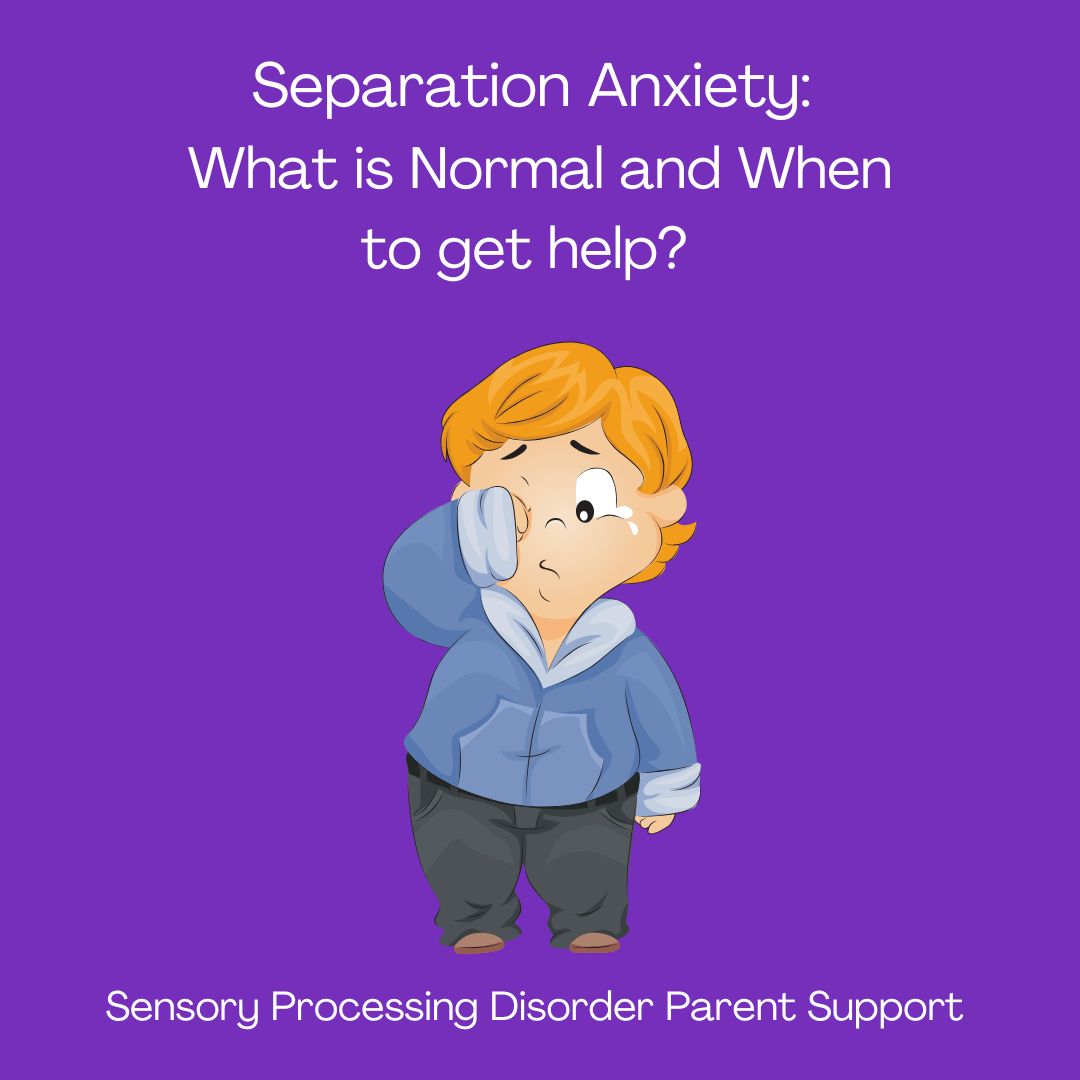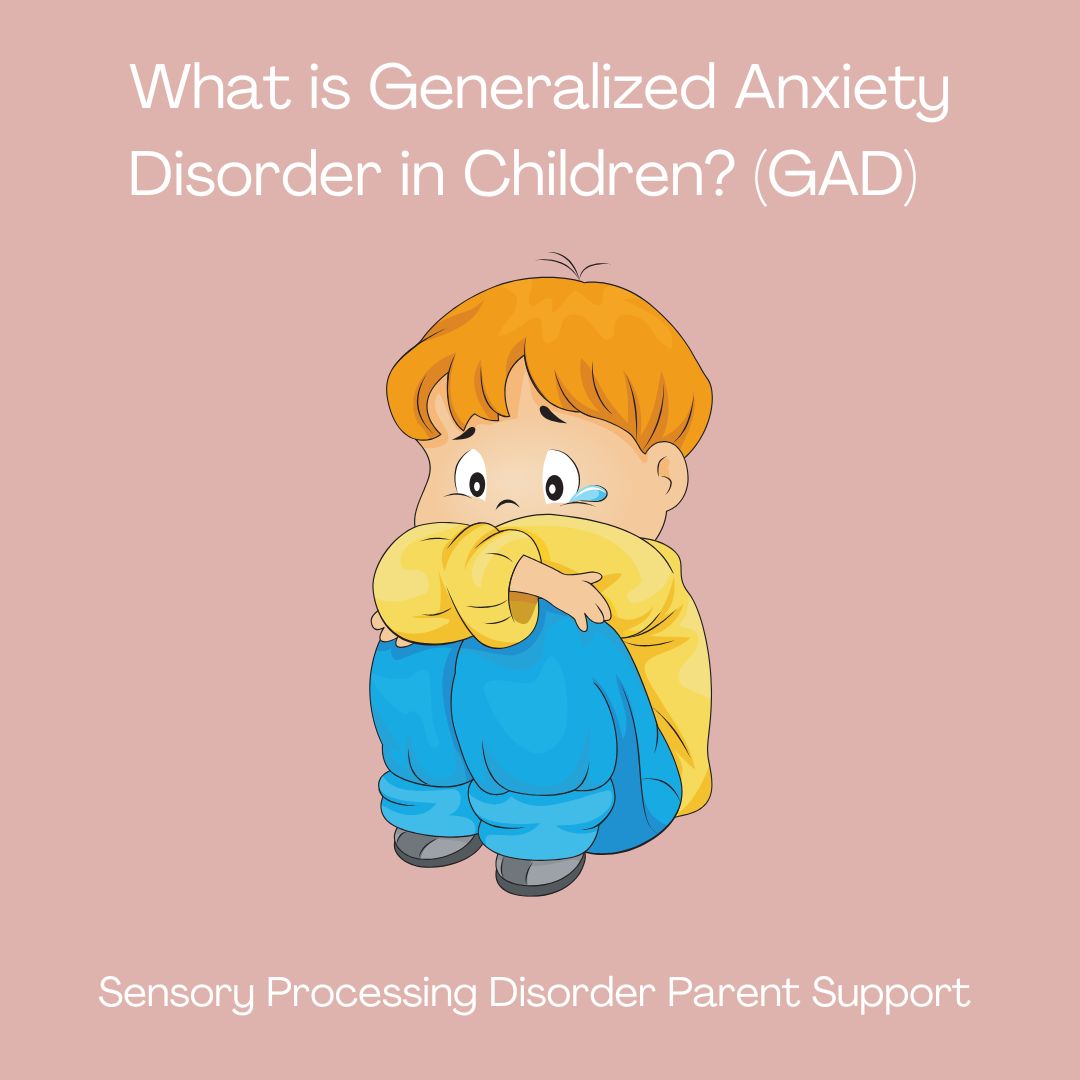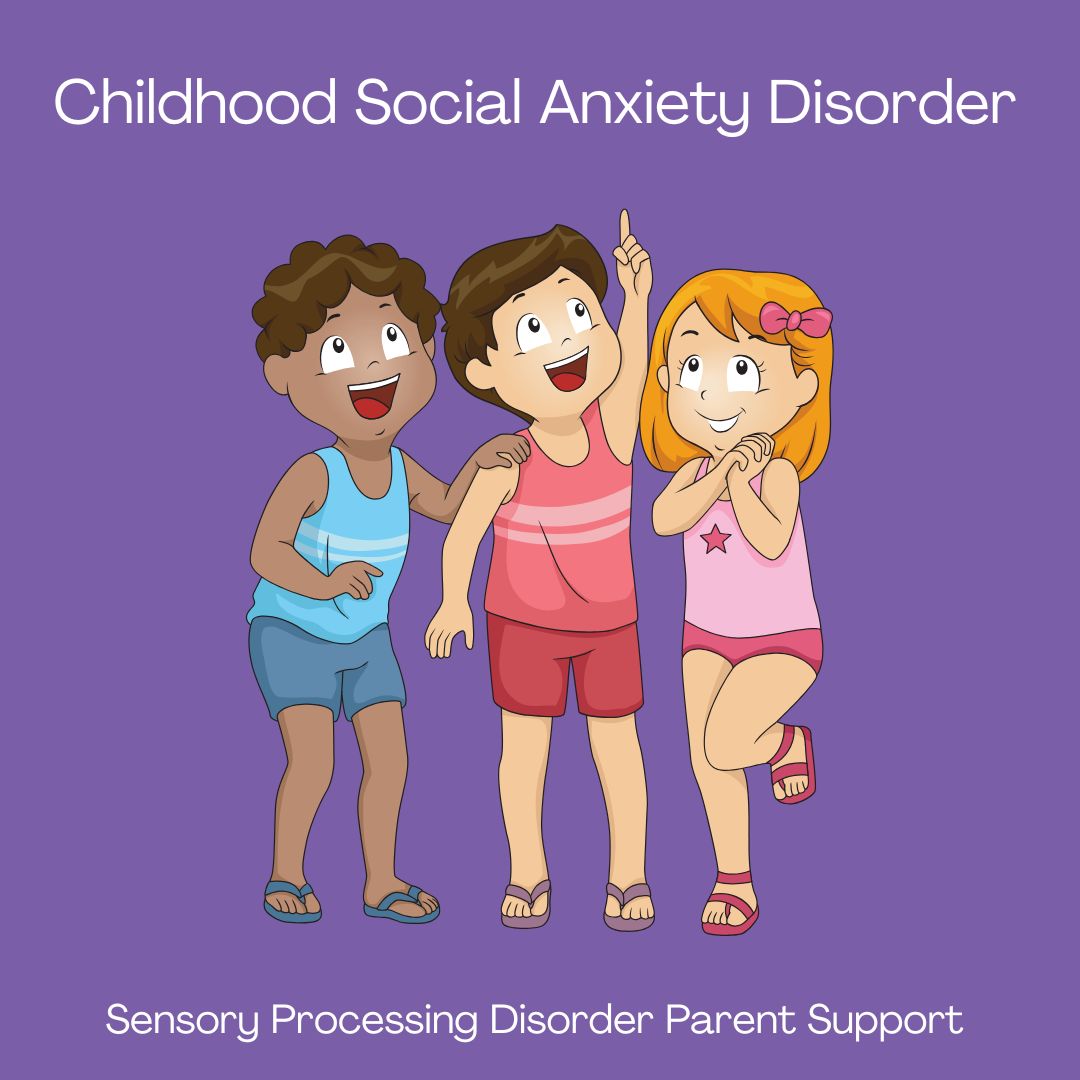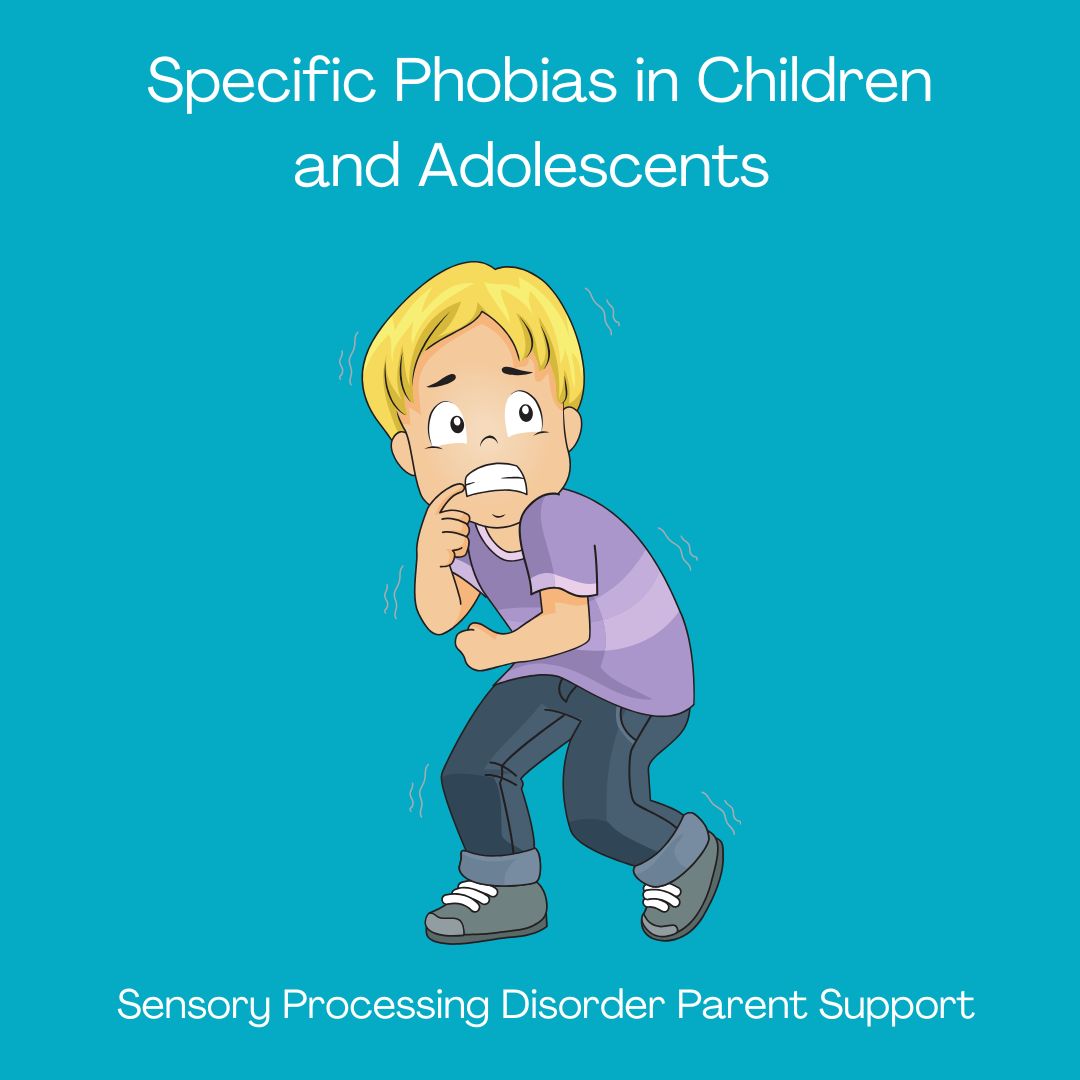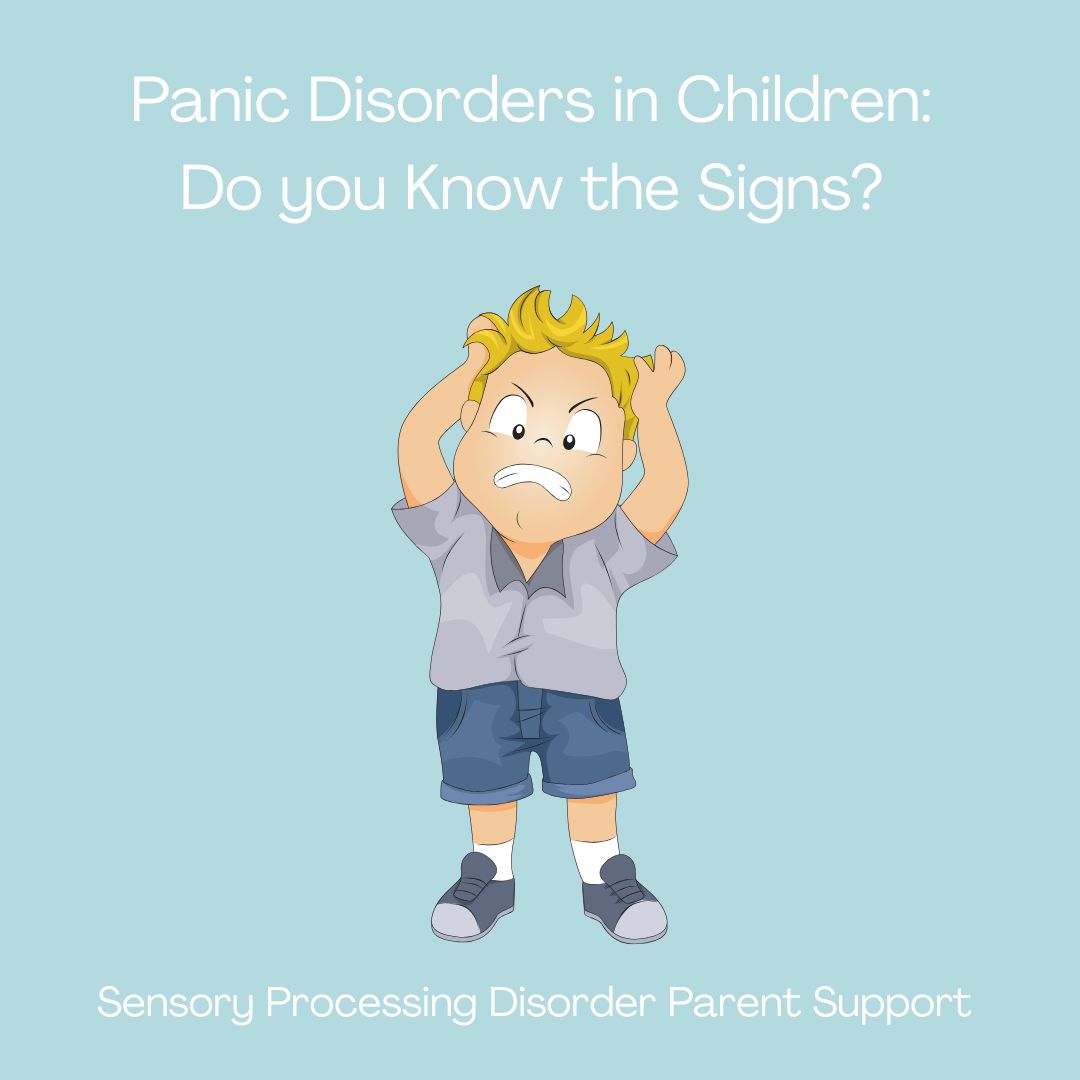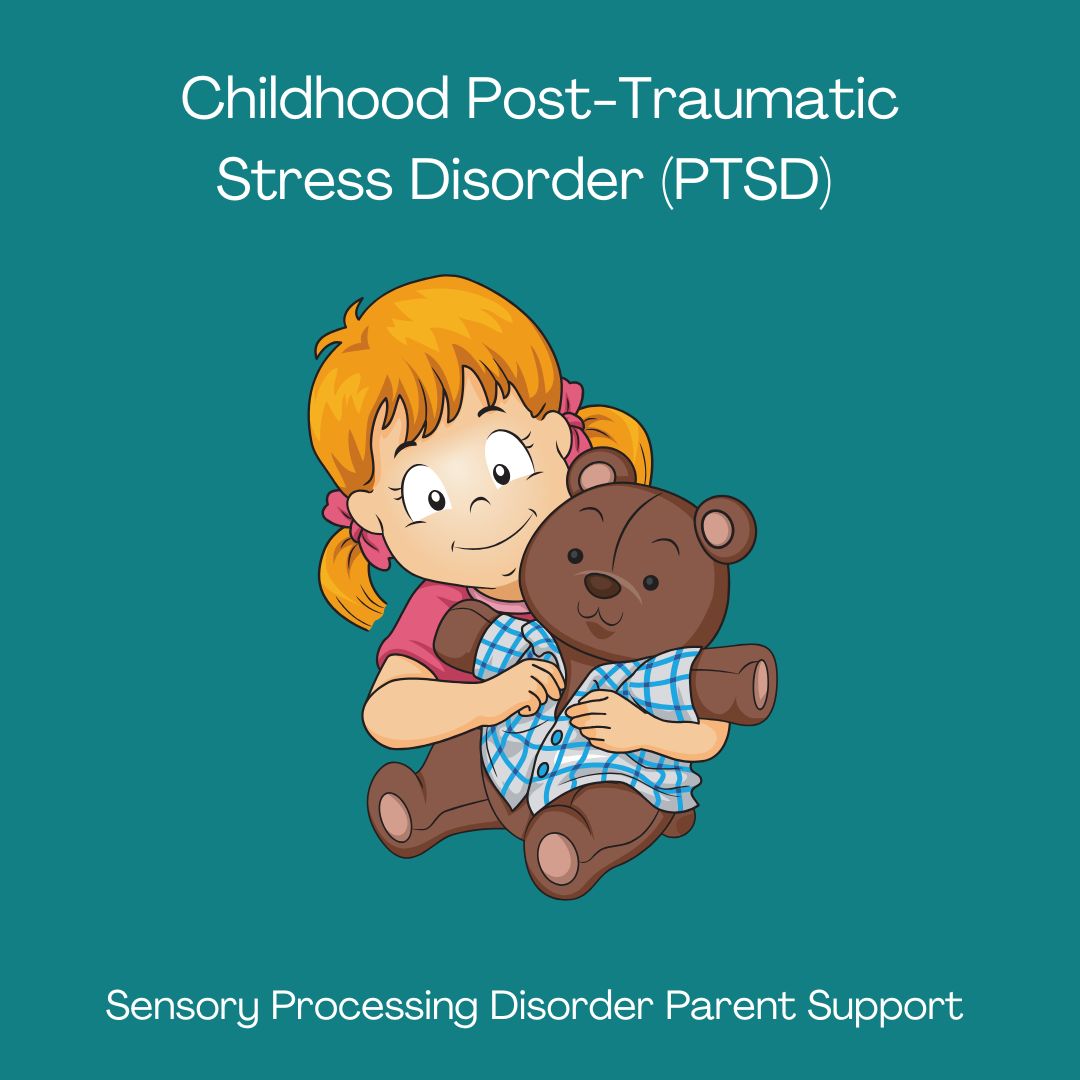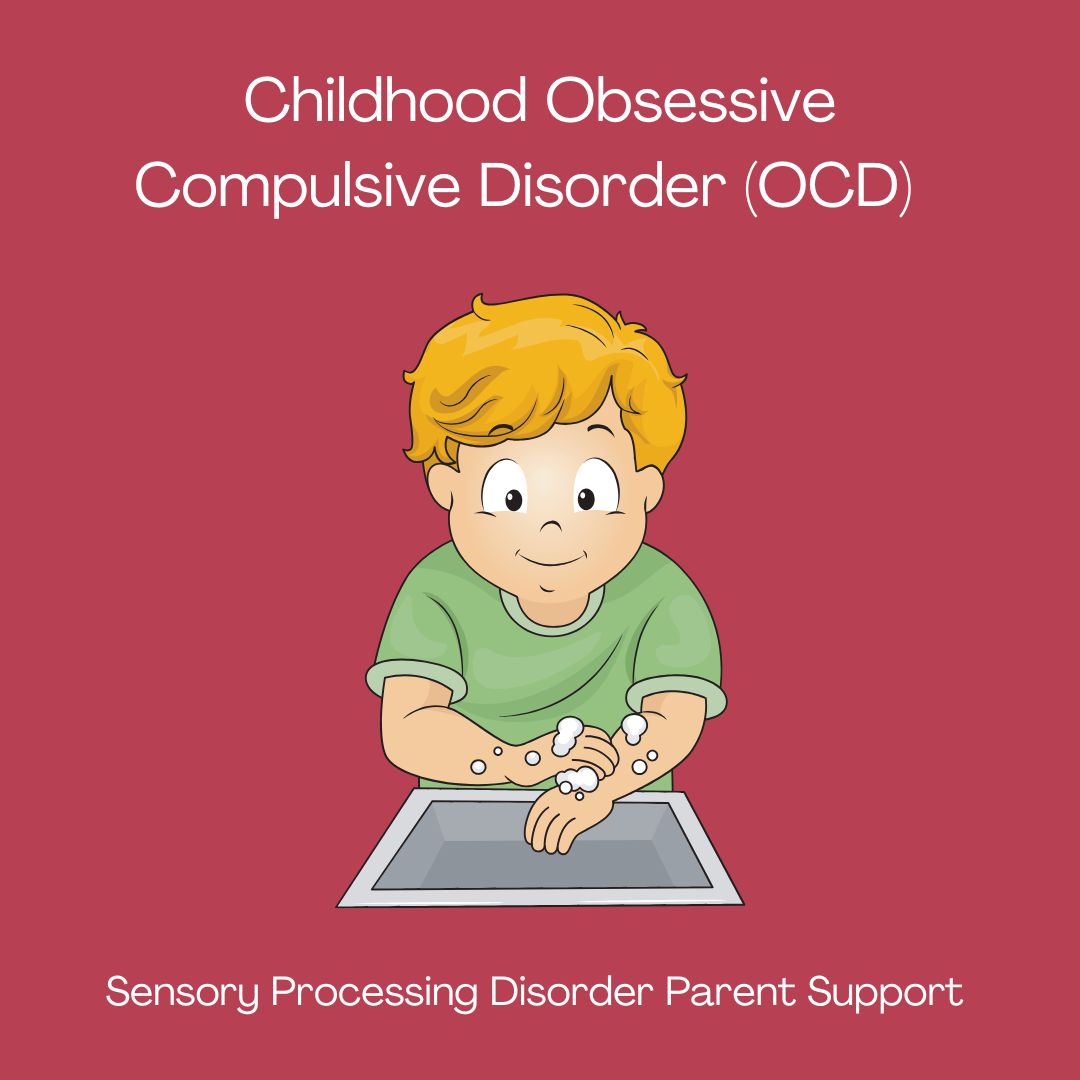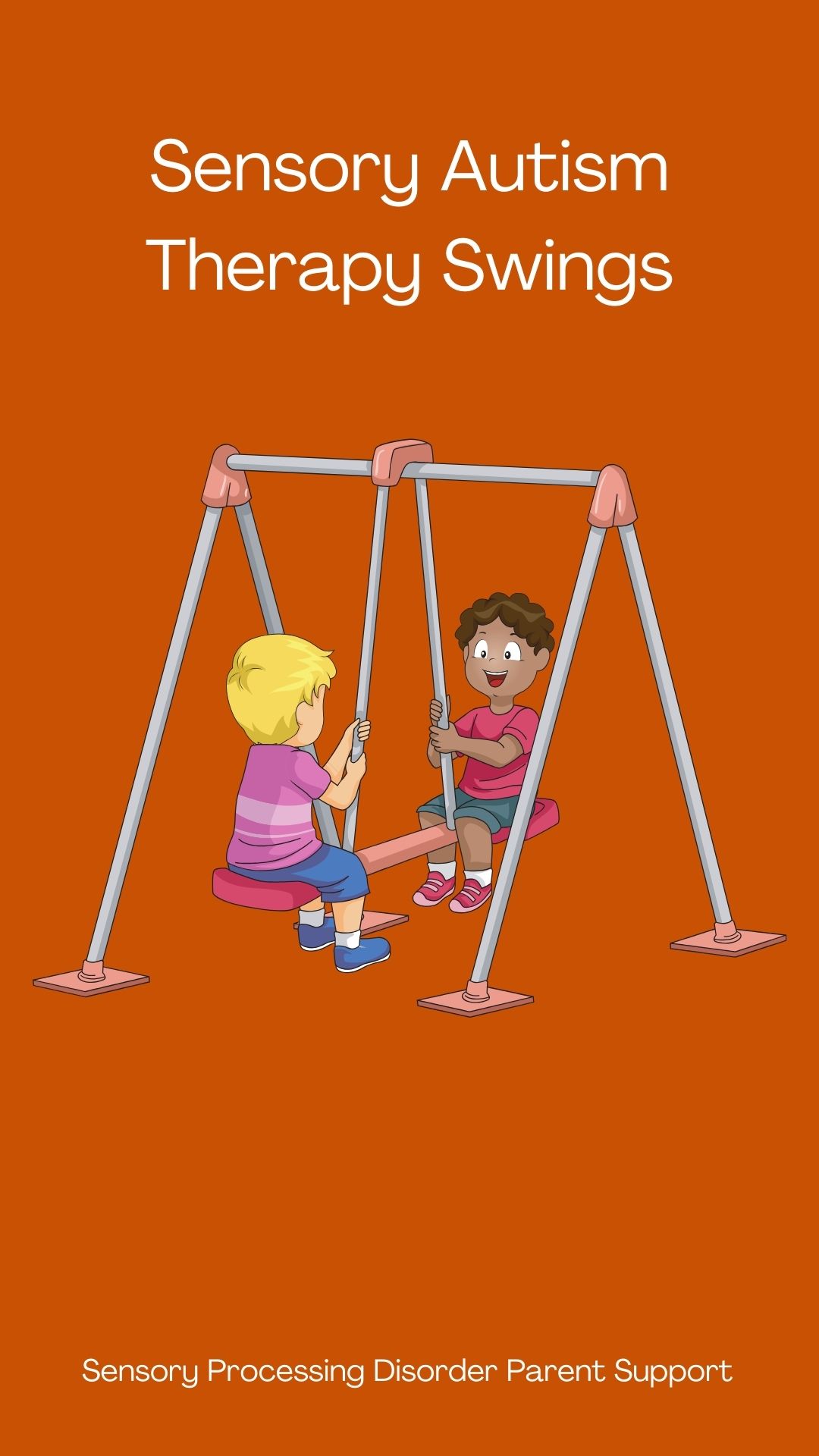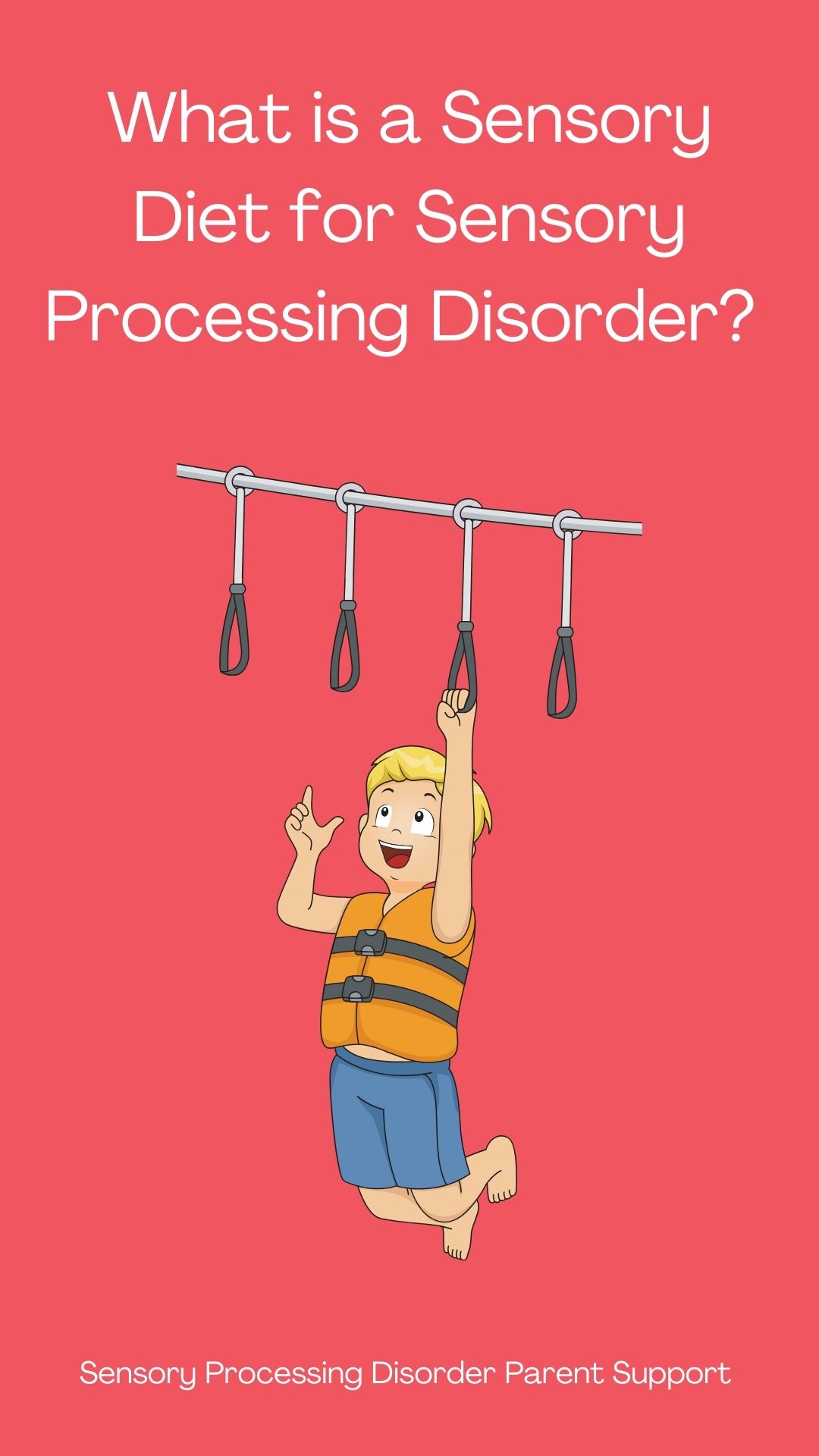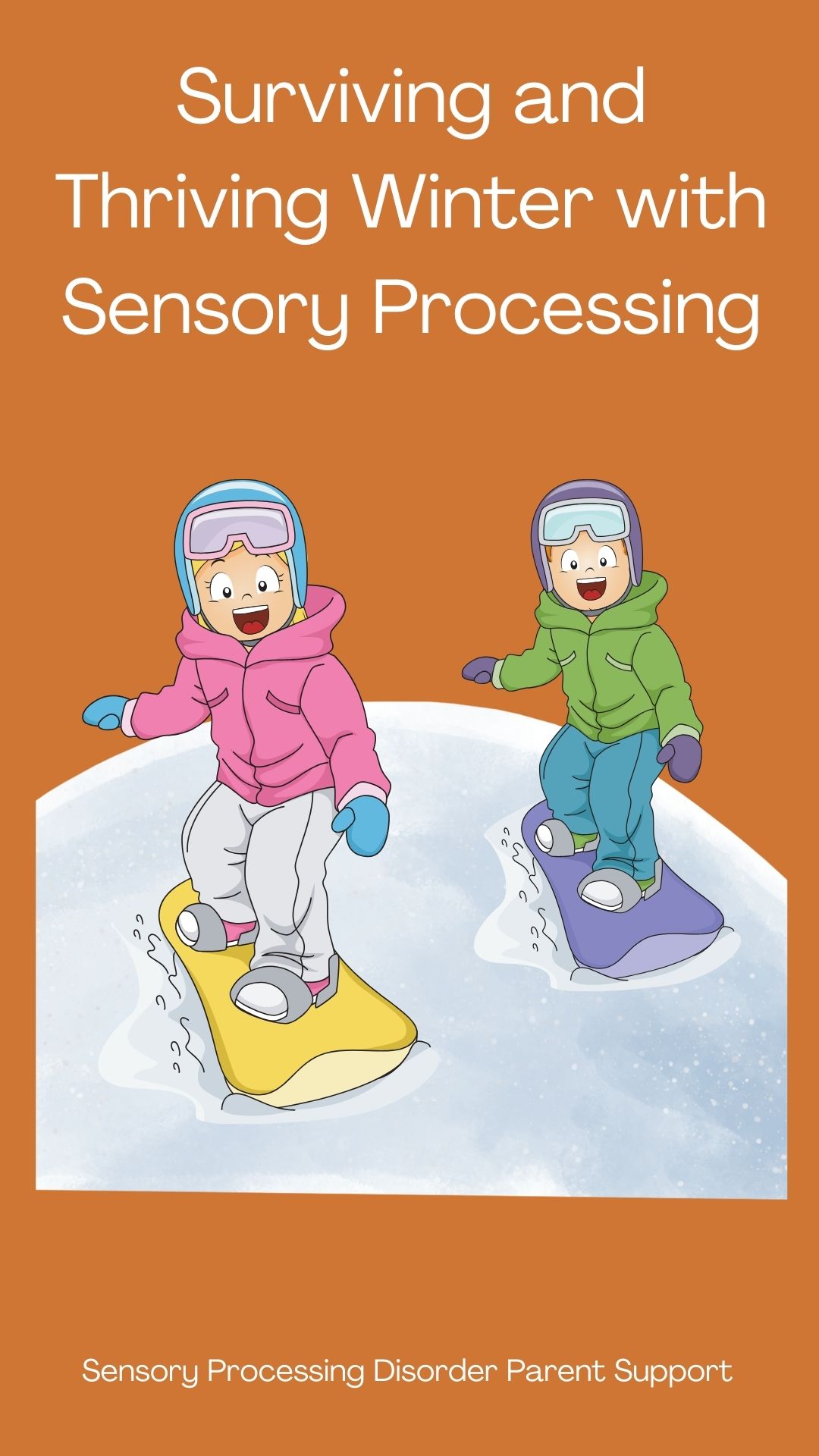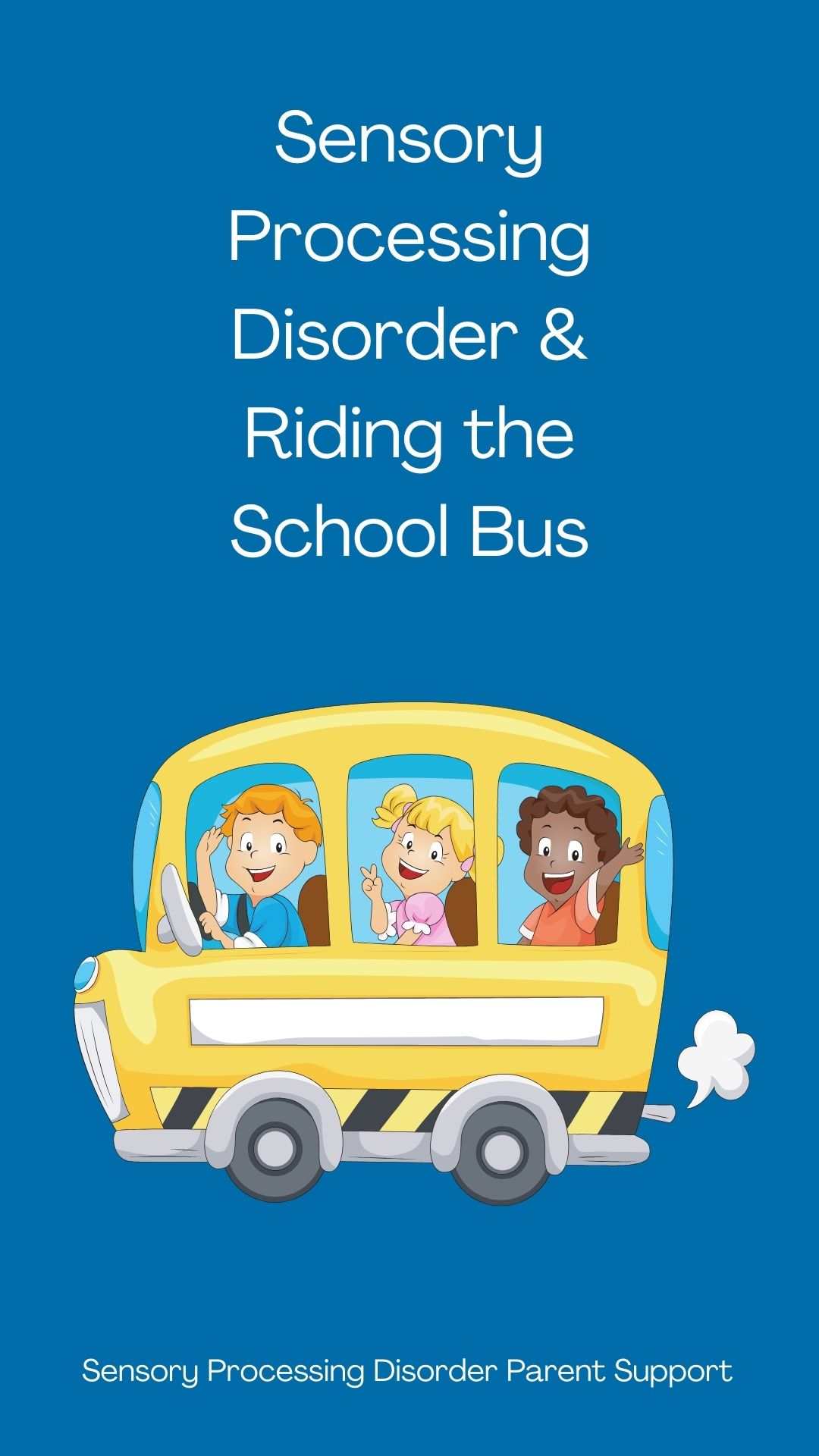
Sensory Processing Disorder Parent Support
Childhood Anxiety Disorders
Children with sensory differences ... painting the world beautiful.
Childhood Anxiety Disorders
Jeanette Loftus
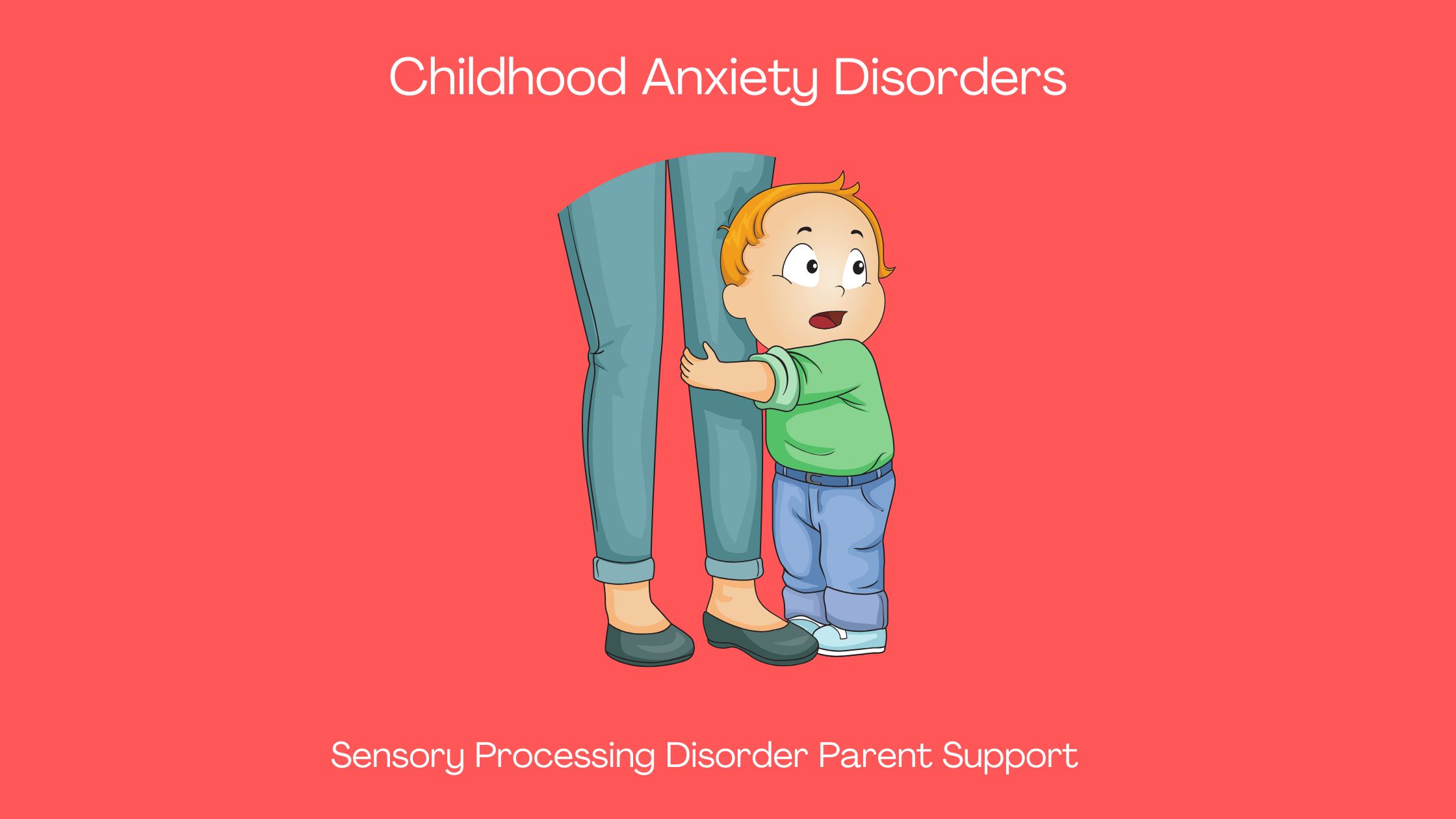
Chi ldhood anxiety is when a child has extreme fears and worries. Children can develop anxiety for a number of reasons. Children can inherit anxiety genetically through other family members that have anxiety.
Childhood anxiety can also occur after experiencing a traumatic event such as the loss of a loved one or if they've experienced violence and abuse. When a child is raised around adults who are anxious, they can learn those fears and develop anxiety as well.
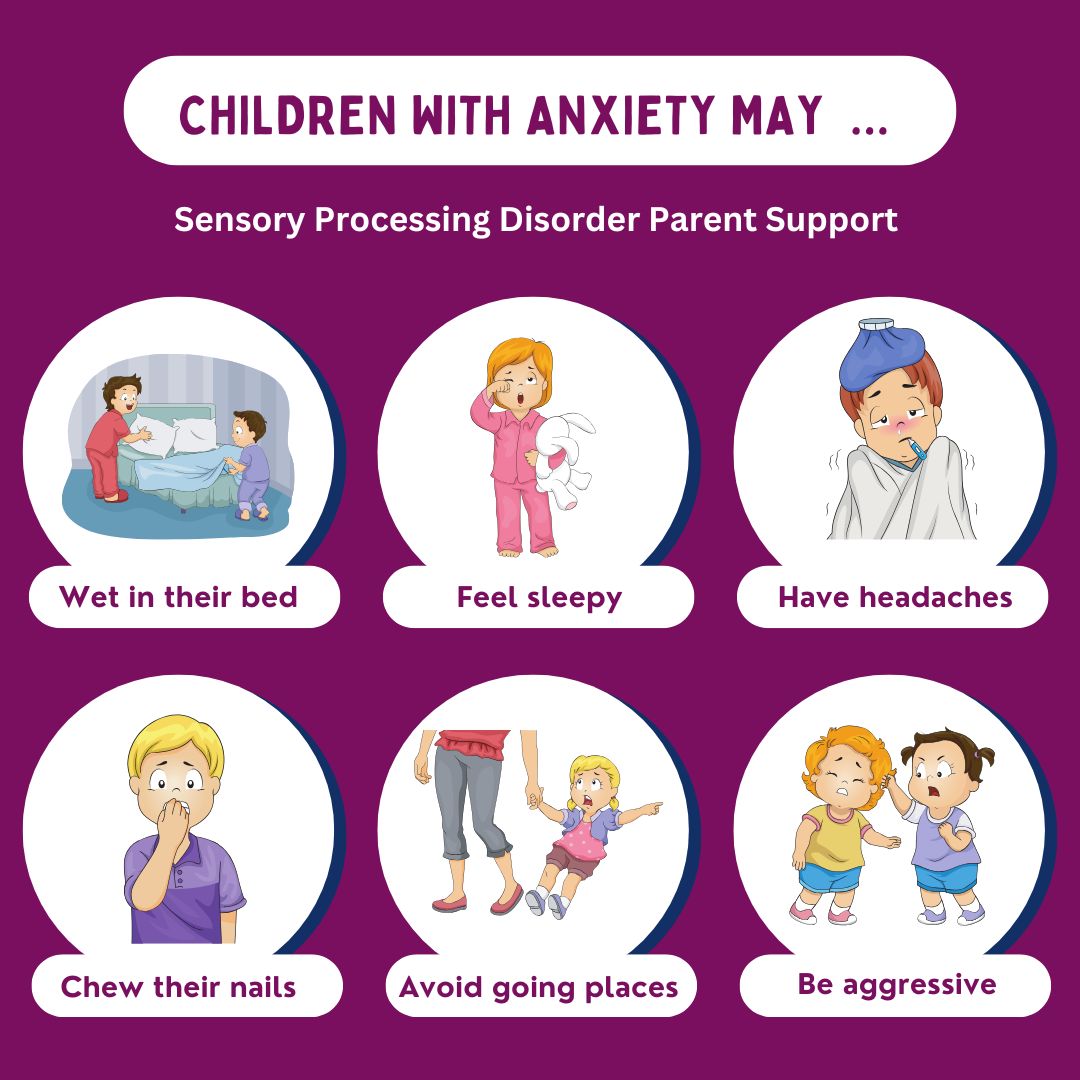
According to the Centers For Disease Control and Prevention (CDC) here are some facts about mental disorders in U.S. children:
ADHD, behavior problems, anxiety, and depression are the most commonly diagnosed mental disorders in children
9.4% of children aged 2-17 years (approximately 6.1 million) have received an ADHD diagnosis.
7.4% of children aged 3-17 years (approximately 4.5 million) have a diagnosed behavior problem.
7.1% of children aged 3-17 years (approximately 4.4 million) have diagnosed anxiety.
3.2% of children aged 3-17 years (approximately 1.9 million) have diagnosed depression.
Some of these conditions commonly occur together. For example:
Having another disorder is most common in children with depression: about 3 in 4 children aged 3-17 years with depression also have anxiety (73.8%) and almost 1 in 2 have behavior problems (47.2%).
For children aged 3-17 years with anxiety, more than 1 in 3 also have behavior problems (37.9%) and about 1 in 3 also have depression (32.3%).
For children aged 3-17 years with behavior problems, more than 1 in 3 also have anxiety (36.6%) and about 1 in 5 also have depression (20.3%) Statistics on Children’s Mental Health
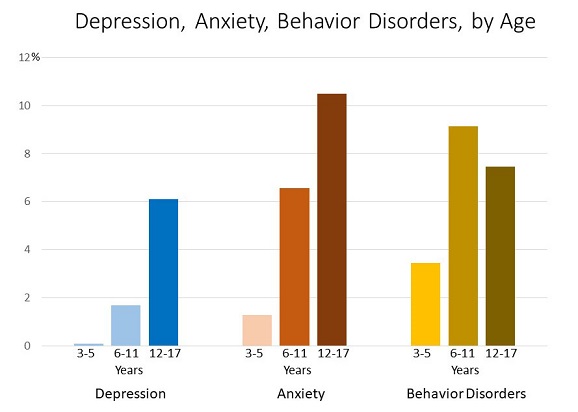
Symptoms Of Childhood Anxiety
- stomach pain or headaches
- wetting in their beds
- socially withdrawn
- anger
- aggression
- refusing certain situations/school
- sleeping issues/nightmares
- changes in their appetite
- chewing their nails
- tense muscles
- tired or fatigue
- changes in mood or irritability
- avoiding people/places
- not enjoying things they used too
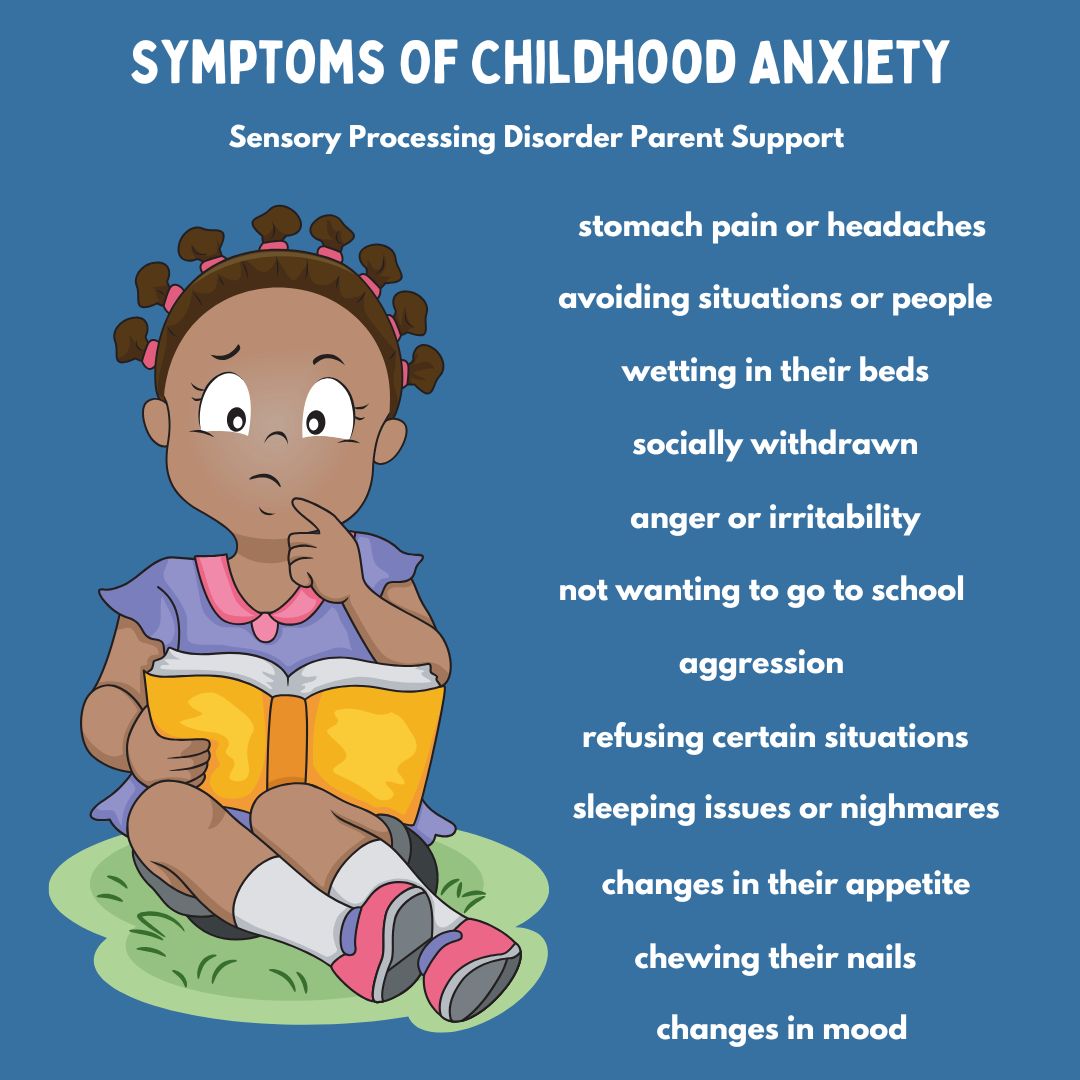
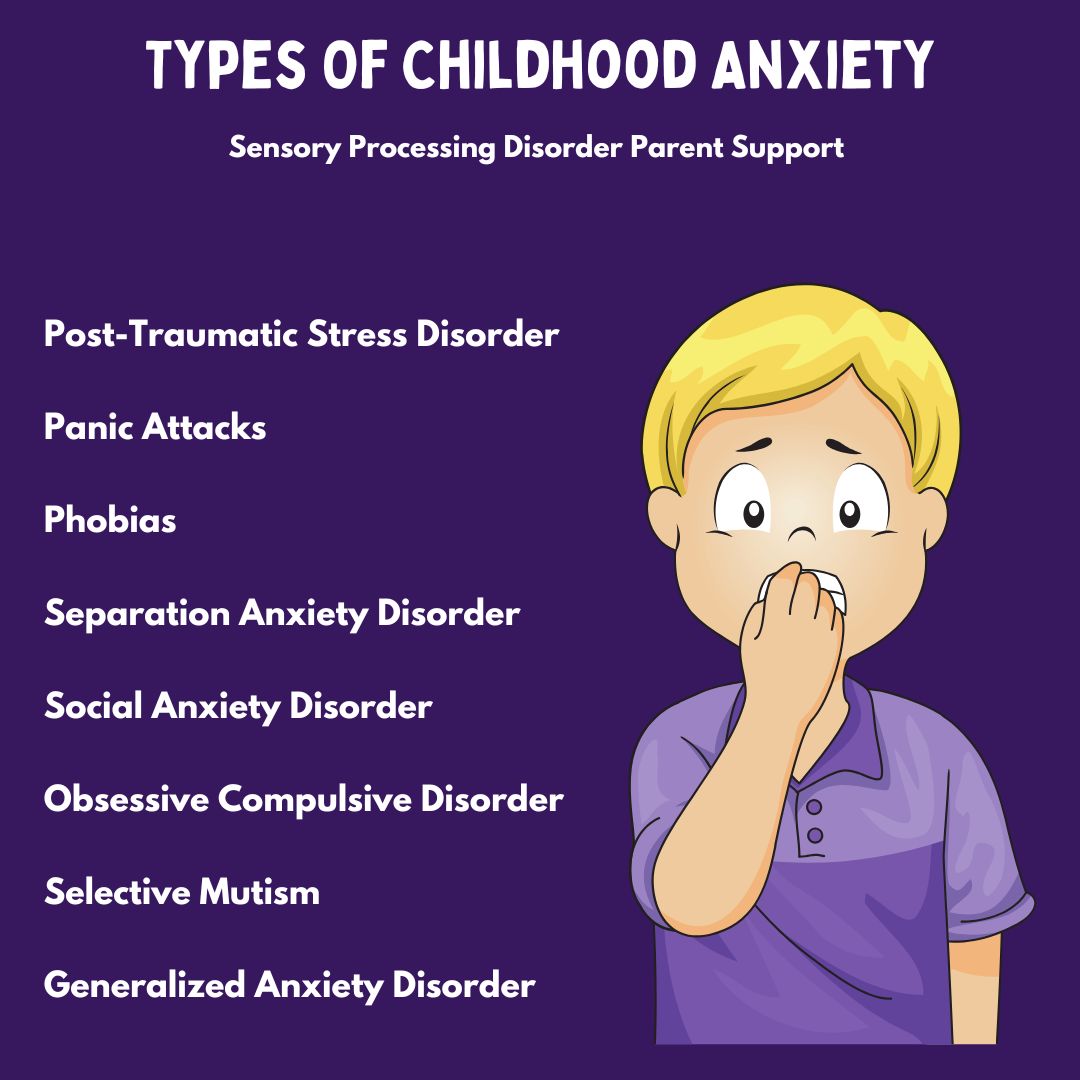
Types Of Childhood Anxiety
- Separation Anxiety Disorder
- Obsessive Compulsive Disorder
- Selective Mutism
- Phobias
- Generalized Anxiety Disorder
- Social Anxiety Disorder
- Panic Attacks
- Post-Traumatic Stress Disorder
Generalized Anxiety Disorder
Children who have generated anxiety disorder worry excessively about a variety of things. A child who has generalized anxiety may constantly look for reassurance and seek out perfection.
Separation Anxiety
Most younger children tend to feel anxiety when they leave their parents to go to daycare or with a relative for the night, that's normal. They're simply not used to being away from their parents so it is an adjustment, however, when they get older and they are still really struggling, it could be separation anxiety.
Often times, children will miss events or even days at school by pretending to be sick, in order to stay home with their parent(s). In addition, it is common for these children to be afraid of being in a different room than their parent(s) or sleeping alone in their bed without them.
Social Anxiety Disorder
When a child has social anxiety they are often afraid that people may say things about them, they get embarrassed by something possibly happening or that they may not act appropriately, they are afraid that they may say the wrong thing to other children, and they also don't like to bring attention to themselves.
A child with social anxiety can feel uncomfortable talking to other kids in their class, public speaking/speaking in front of their peers, going to birthday parties, attending activities, eating in public, going to school or talking on the phone.
These children tend to worry about natural disasters, school work/grades, friends, family, relationships, health and how well they are doing during activities. They usually ask "what if" questions and worry about things that are out of their control.
Selective Mutism
Children who have Selective Mutism will usually only speak to people they know very well and are comfortable with such as their parents, people at school or family members. These children get very anxious and don't speak so to most people they just appear to be shy, so often times they go undiagnosed.
Panic Attack
The symptoms of a panic attack can be different for each child. When children have panic attacks in certain places or while doing certain activities, the fear of having another panic attack in the same place or while doing the same activity can lead to a development of agoraphobia.
Specific Phobia
A phobia is an extreme fear of something specific. Children may have a fear of a person, a type of person, places, animals, bugs or situations. A n event or object is often what triggers them to be anxious. For the most part, all children fear the same things but it's the level of fear and degree of anxiety they are experiencing that makes these fears problematic.
Obsessive Compulsive Disorder
Children with OCD have repetitive thoughts about obsessions, they have compulsions, they often repeat the same phrases or words, they repeat the same actions such as hand washing, they check things all the time and they often need things to be a certain way.
Children with phobias feel fear so intense that it can disrupt their routine and daily living, often times hindering their ability to concentrate, enjoy activities or relax. These children will cling to their parents, cry and be fearful. There are several common phobias children may have.
Getting bloodwork, shots or IV, spiders and bugs, having someone they love get sick or hurt, heights, thunder storms and lightening, flying or travel away from home, enclosed spaces or animals.
Post Traumatic Stress Disorder
Children with PTSD have experienced a traumatic event which can lead to the development of an exaggerated anxious stress response. An example of this is if they have experienced a stressful life event such as a natural disaster or if they have been abused. Children who are most at risk of developing post-traumatic stress disorder are children who witnessed a traumatic event and were hurt directly or already have other anxieties prior to the traumatic event.
A child with post-traumatic stress disorder can re-experience trauma and have nightmare's or think about their past traumatic experiences. Children are resilient, the good news is that many children who have experienced a traumatic event will not develop PTSD or they will recover in a small amount of time.
There are several ways to treat anxiety or reduce symptoms. Every child is different and struggles differently with different anxieties so it will be different for everyone but some common ones are d eep breathing, yoga , mindful activities, e xercise, c oloring and painting, l istening to calming sounds or music, m editation, v isualizing things, places or people that make them happy, t aking a sensory break or c ognitive behavioral therapy (CBT) .
Ask your child's doctor or mental health professional what is the best treatment for your child and what may be available in you area.
How do I get help for my child who may have anxiety?
When should I seek professional help for my anxious child?
You should reach out to a professional and seek medical advice if your child is:
- always on edge- constant persistent worries
- always nervous
- scared about many things
- upset several times a day
- having several daily meltdowns/ tantrums
- avoiding different situations
- displaying stress that is interfering with their daily life
- no longer has the ability to relax
- having increased fears which disrupts their family life
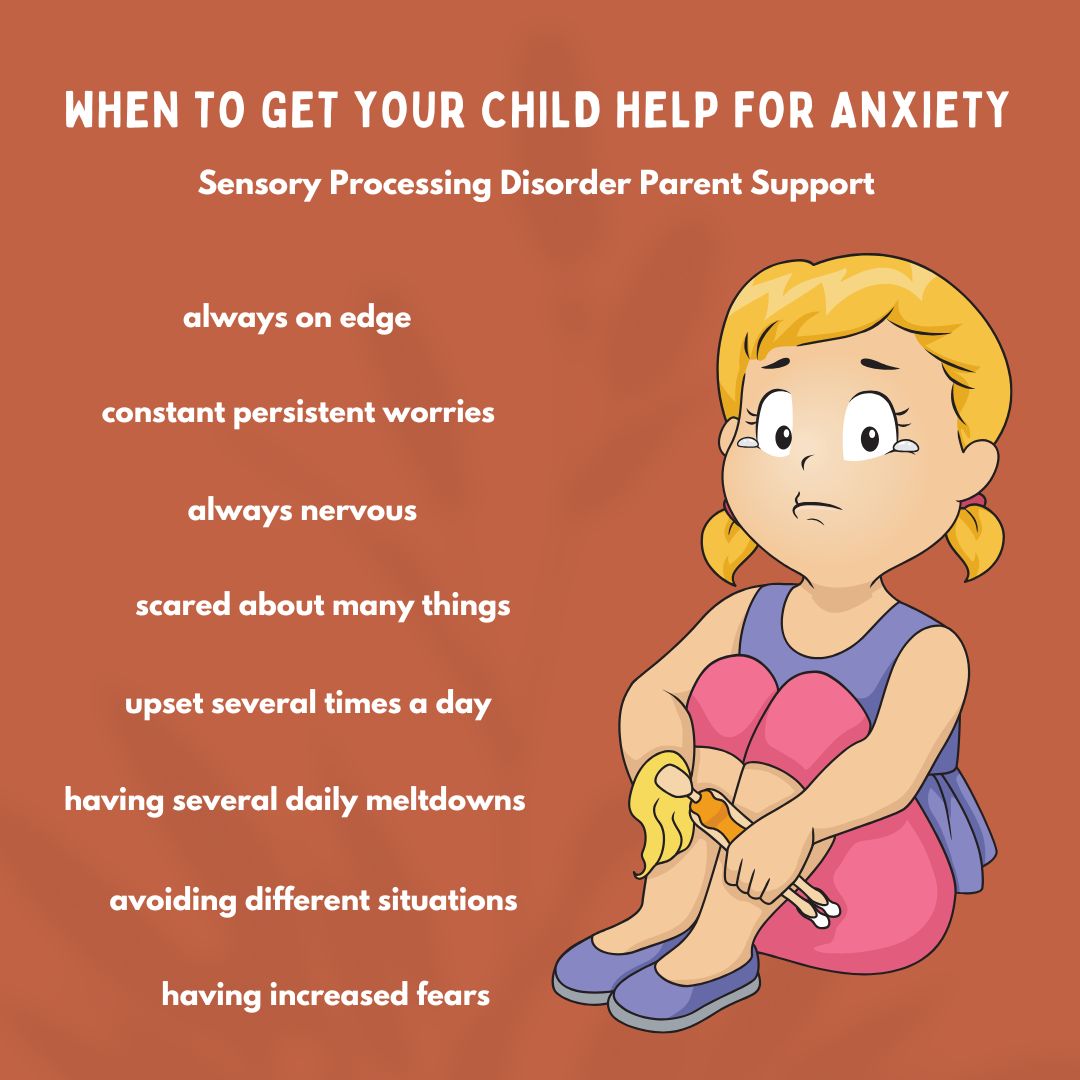
If you are concerned that your child is struggling with childhood anxiety, find a local therapist, child psychologist or counsellor that is trained to treat children with anxiety disorders. A therapist, child psychologist or counsellor that is trained to help children who are struggling with childhood anxieties can put together a therapy plan with you to help your child get through their anxiety.
Once you have set up an appointment for your child to meet their therapist, child psychologist or counsellor e ncourage your child to talk about their feelings and what anxiety they are currently struggling with.
A therapist will be able to give you ideas moving forward in therapy. There are appropriate ways to help your child and their therapist will be able to give you a lot of ideas.
Remember to be patient and understanding with your child because it takes a lot of courage for your child to talk about their anxiety. It takes incredible strength to take the steps needed to work on their anxiety to get better.
Offering comfort, understanding and positive responses to your child will help them a lot.
Children Say “I am anxious” in many ways ...
- My stomach hurts
- I don’t want to go
- I am not hungry
- I can’t sleep
- I want to stay with you
- My head hurts
- I don’t feel good
- I am too afraid
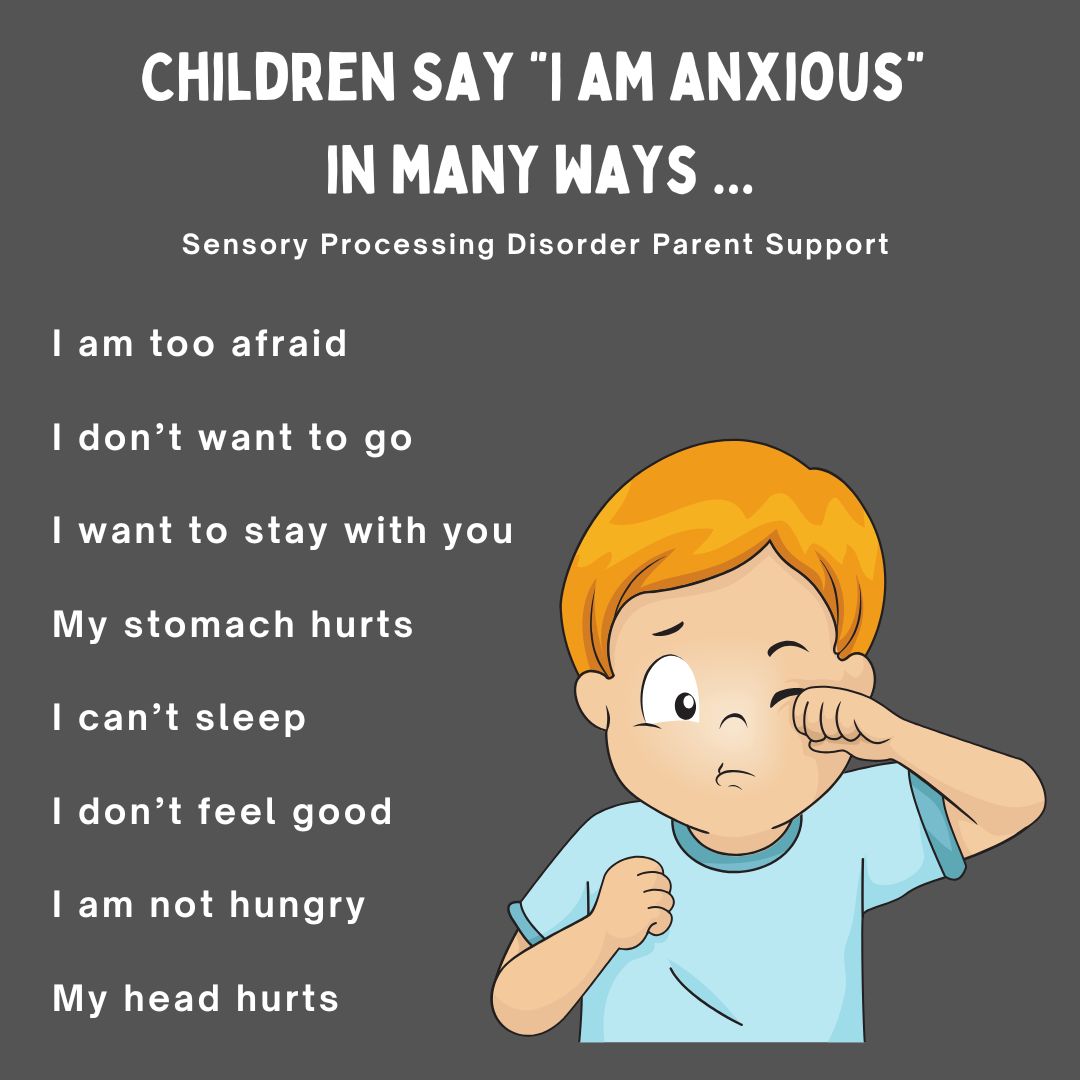
Here are some tips to help your child when they are struggling with childhood anxiety.
- Exercise regularly
- Eating healthy meals
- Start attending yoga sessions for children and parents
- Keeping them busy gives them less time to think
- Reading children's books about anxiety. It's important that they understand what anxiety is and why they're feeling how they do
- When you notice that your child is being brave and doing well with their anxiety, cheer them on! Take notice and let them know they are doing a great job
- Make a worry box (they write down what they are worried about and put them in the box
- Provide a bag of tools that can be calming for your child such as fidgets, weighted lap pad etc.
- Encourage calming activities that your child can participate in to keep them calm and not stressed
- Write their worries and fears in a journal
- Worry dolls/worry eaters can be a great tool for kids
- Learn and practice different breathing techniques together
- Social stories for children with anxiety can also be a great tool
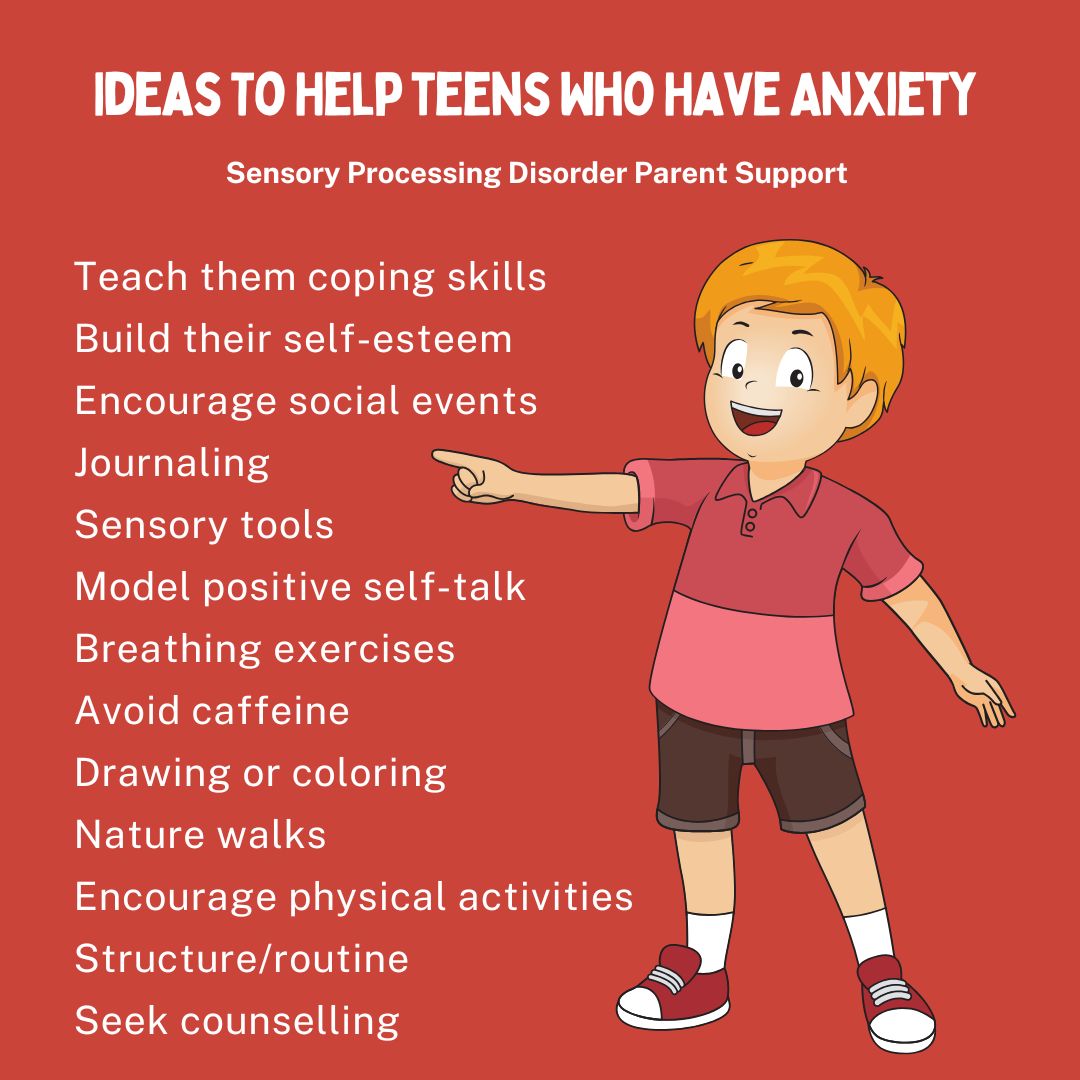
Calming a child when they are anxious
- Create a calm down area at home with calming and relaxing tools
- Give your child a cold glass of water
- Squeeze fidgets or playing with dough
- Hugs! Hugs are a great way to help children feel calm
- Name animals alphabetically
- Breathing exercises
- Ask your child to close their eyes, visualize their favorite place and describe it to you
- Use a weighted blanket or weighted a weighted lap pad/weighted animal
Resources For Parents
Anxiety Canada Anxiety in Children | Anxiety Canada
DISCLAIMER: I have learned a lot over the years but I am still learning. Always do your own research and exercise sound judgment. I am not an occupational therapist or a physician. I am an adult who has sensory processing disorder, a sensory parent and a Grandma. The information on this website is not medical advice and does not replace the information that your child's therapists or medical professionals give you. These are just ideas that I have learned myself over the years of being a parent and an adult living with SPD. If you are concerned for your child, please always seek medical attention through a family doctor, pediatrician or therapist. This website is for awareness purposes only. Each child is different and what works for one child may not for another because all children have different sensory needs. Please always consult with a medical professional. C lick on links throughout each page for more resources and information. Click here for more resources https://sensoryprocessingdisorderparentsupport.com/sensoryprocessingdisorderresources
Amazon offers a small commission on products sold through their affiliate links on my website. Each of your purchases through links on my website for Amazon affiliation links or sponsored links support me but no additional cost to you so thank you. I appreciate it so much! I am not responsible should you purchase anything from any links on this website.
Children's Anxiety Books
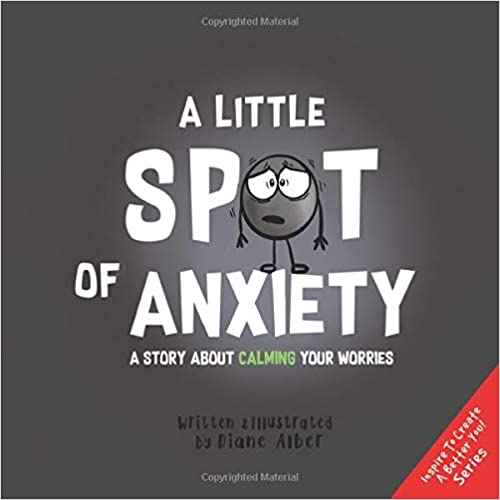
Amazon
A Little Spot of Anxiety
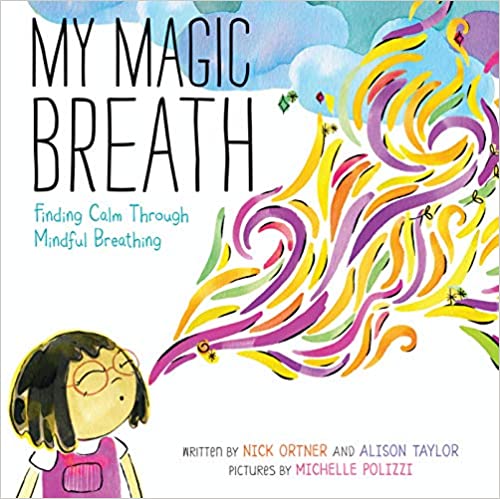
Amazon
My Magic Breath
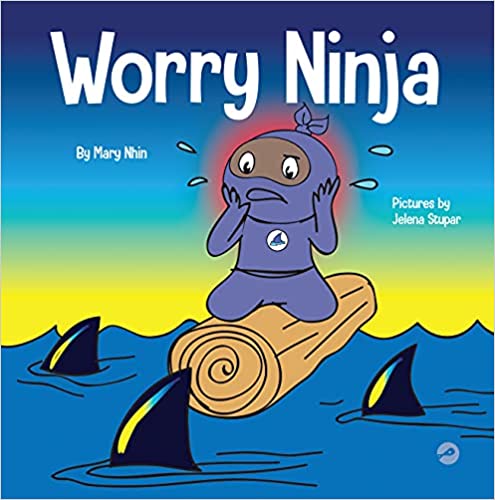
Amazon
Worry Ninja
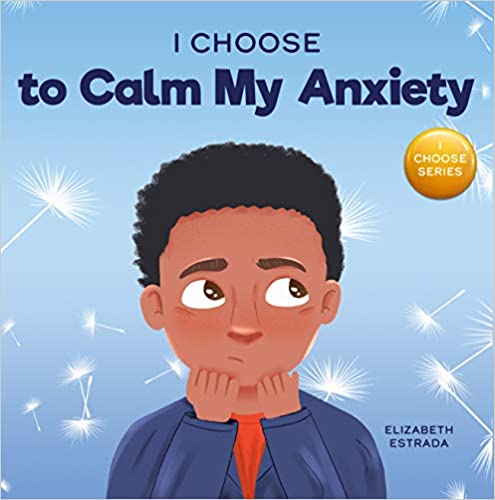
Amazon
I choose to calm my anxiety
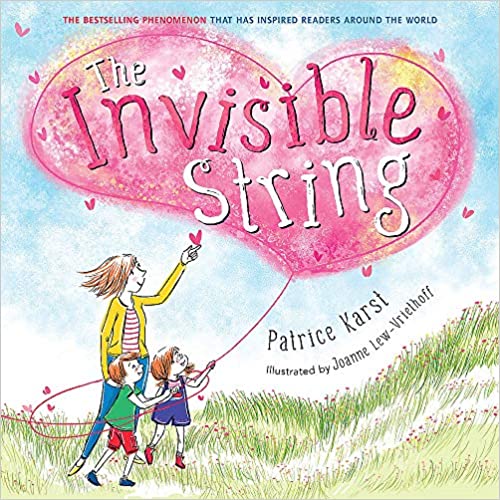
Amazon
The invisible string
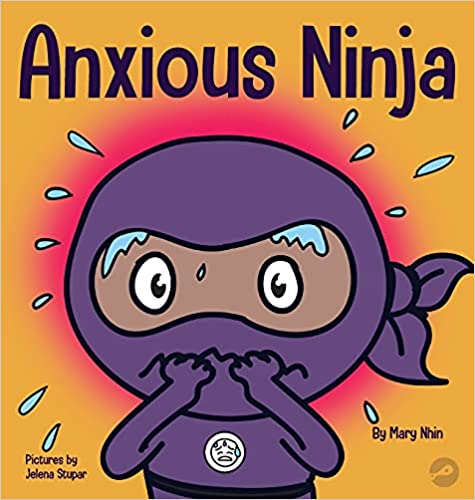
Amazon
Anxious Ninja
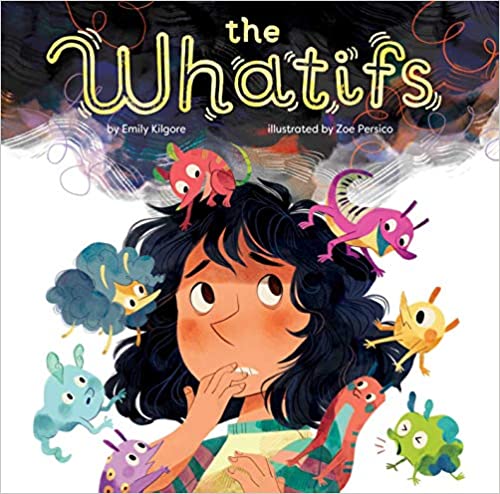
Amazon
The Whatifs
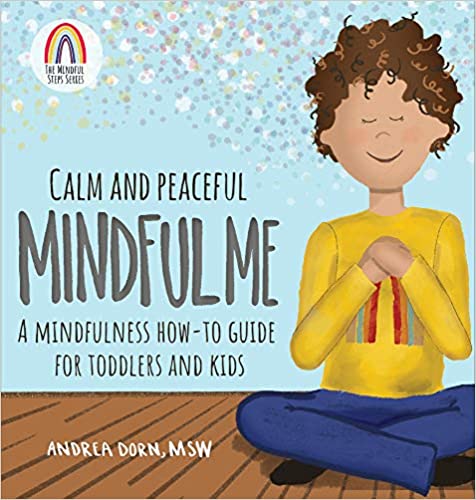
Amazon
Calm and Peaceful Mindful me
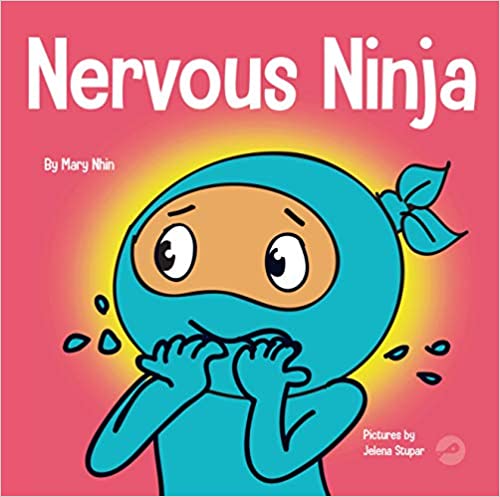
Amazon
Nervous Ninja
